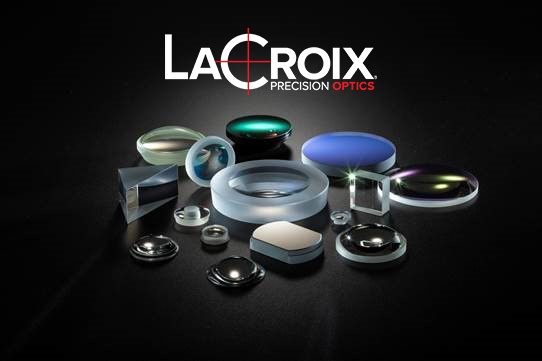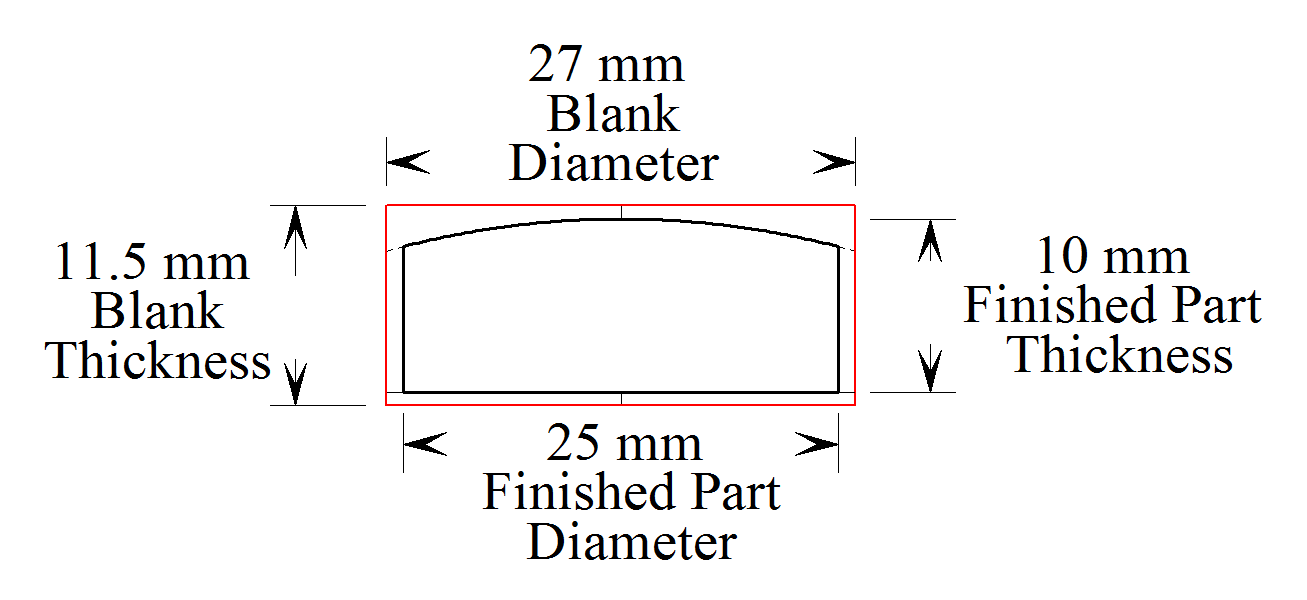The Basics of Making Optics
Goal: Give an introduction into how optics are manufactured starting with a design, then conceptualizing how the lens will be made, designing a blank, forming the blank into the finished part, coating, inspection, and finally packaging and shipping.
Ever wondered what happens between the time you send an optical design off to be manufactured and then receiving the parts? For some reason, custom precision optics still aren’t on Amazon Prime so it can take a little while to get them. The idea is there are many steps taken to ensure the parts you worked so hard to design are made to your specification. We are going to provide a high-level overview of what all goes into manufacturing your custom optics from start to finish in this post.
E 2 E (Engineer to Engineer)
Our journey starts at the end of the design phase. You have been hard at work running simulations and trying to figure out exactly what performance specifications you are going to need to pull off your latest project. Once you have a pretty good idea of what your optics are going to be, the specifications and tolerances that should help pull off the job, you then consolidate everything into a print and send it over to LaCroix Precision Optics. You will work directly with an engineer, and we will work together to help your conception become a reality by giving any critical feedback on manufacturability. Once we agree on specifications and tolerancing, we will provide a quote, and with a little luck, a purchase order will be placed.
The Journey Begins

Our first step is conceptualizing how these parts will be made. Our job as engineers is to have a 10,000-foot view to think through what processes are necessary to go from a near net shape blank to the final part.
How Optics are Made

Once we have an idea of how the part will be processed, we will design a near net shape blank. There are essentially two types of blanks: cut blanks and molded blanks. Cut blanks tend to have a shorter lead time, and molded blanks tend to be more affordable especially as volumes increase.
Some general rules of thumb to keep in mind would be that we must hold the part while we grind and polish the surfaces of the lens. We typically like to have at least 1 mm of edge thickness at the blank diameter, not just the finished part diameter. You can see in the illustration below that we typically oversize the blanks by 2 mm for the diameter and 1.5 mm thicker than the overall height of the lens.

We do this because optical manufacturing tends to be a subtractive manufacturing process, so we must start with more material and remove it via grinding and polishing until we achieve the desired lens diameter and center thickness. The blanks themselves can take anywhere from 1 week for expedited cut blanks to 3 months for high-volume molded blanks to arrive at LaCroix.
Back to the Grindstone
Once we receive the blanks we choose the most appropriate of two methods to process the part. The conventional process uses classical machines and customized tooling; this method is primarily used for volume manufacturing. For prototype quantities, "state of the art" CNC grinding and polishing machines are utilized for their high precision capabilities and shorter set up times. There are many occasions when we use both processes. The start of either journey is determining how to hold the lens blank for grinding and polishing. The conventional process uses pitch to block the lenses to a tool, specifically a tool that can keep multiple lenses. Processing parts conventionally is a great way to reduce cost when moving to larger volumes. The method we tend to use for prototypes would be using a machined holder to grip the lenses into a CNC grinder and polisher.
We now begin by grinding the initial radius into the blank and removing stock from the lens. Grinding is a mechanical process in which we use a series of different grit diamonds to step grind the surface similar to using a set of varying sandpaper grits to initially remove material and then step down to a finely ground surface. Once we have removed any subsurface damage from our initial forming of the radius and are relatively close on center thickness, we will move onto polishing.
The Magic is in the Polish
Polishing is a chemical and mechanical process in which we use polishing slurries along with various material pads to remove all the grinding subsurface damage and fine tune our surface figure, irregularity, roughness, and surface quality. Polishing is a critical step in the process and can be one of the most difficult depending on the tolerance. We have over 40 shop floor interferometers, so we can measure our parts as we make them. As the adage goes if you can’t measure it, you can’t make it.
Centering: Getting Everything Straight
With each surface ground and polished, we now must align the optical axis with the mechanical axis. Aligning the optical axis with the mechanical axis is typically performed by finding the optical axis in a centering machine and then clamping the mechanical axis with centering bells. As the grinding wheels come in, the mechanical edge is now aligned with the optical axis making them parallel to one another and correcting some amounts of the wedge from the grinding and polishing process.
Coating
Now that we have a substrate our next step is to coat the surface to meet the provided specification. Whether the part is used in transmission, reflection, or some combination of each determines the coating we apply to the substrate. LaCroix can offer a wide variety of custom coatings to satisfy many different applications in transmission and reflection. Check out our coating page to learn more about LaCroix Precision Optics coating capabilities. If interested in laser damage in optical coatings, check out our blog over the laser-induced damage threshold.
Inspection/Packaging
After the optics are complete, they will be sent to final inspection where 100% of the lenses LaCroix manufactures isverified for surface quality. LaCroix inspectors will also verify specifications such as center thickness, diameter, optical power and irregularity, focal length, optical deviation and more. A first article inspection will confirm every specification on the customers print. Check out our "On-Boarding Made Easy" blog, which goes into more detail on inspection and packaging.
Conclusion
LaCroix Precision Optics strives to provide quality products made to specification, on time, at a fair price while providing world-class customer service. If you need a quote on your current project, send our engineers an RFQ today!




